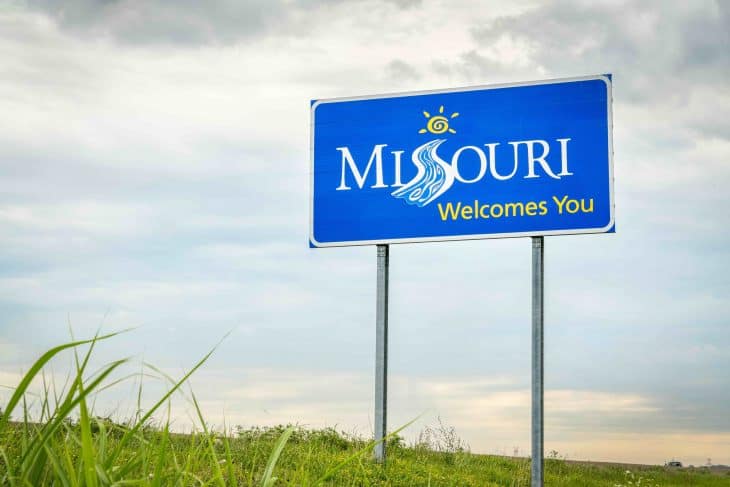
Missouri’s fame has made the state the icon of the American West. In fact, if you mention Missouri, people will think of the American frontier from the 19th century. But there’s more to Missouri than just a state for nostalgia. Learn more about it with these 60 Missouri facts.
- Missouri covers an estimated area of 181,000 km².
- Water makes up an estimated 2,500 km² of an area or around 1%.
- On its lowest point at the Arkansas River, the state has an elevation of around 70 meters above sea level.
- An estimated 6.16 million people live in the state today.
- This gives the state a population density of 34 people for every km².
- Humans have lived in Missouri as far back as 9000 BC.
- The Cahokia civilization included Missouri in its territory from the 10th to 14th centuries AD.
- Europeans first arrived in Missouri during the 18th century.
- Spain controlled the region during the 18th century.
- France secretly took control of the region at the start of the 19th century.
- The USA took control of Missouri as part of the Louisiana Purchase in 1803.
- The Union and the Confederacy fought over Missouri during the American Civil War.
- Industry boomed in Missouri from the late 19th to early 20th centuries.
- The state’s economy began to decline after WWII.
- Racial tensions in Missouri heightened in the 2010s.
- Missouri falls in the USA’s Central Time Zone or GMT-6.
- The state’s capital is Jefferson City.
- Kansas City makes up its biggest city, however.
- The state has a total of 114 counties, plus one independent city, Saint Louis.
- Missouri has its own unique dialect of the French language, Missouri French.
Was this page helpful?
Our commitment to delivering trustworthy and engaging content is at the heart of what we do. Each fact on our site is contributed by real users like you, bringing a wealth of diverse insights and information. To ensure the highest standards of accuracy and reliability, our dedicated editors meticulously review each submission. This process guarantees that the facts we share are not only fascinating but also credible. Trust in our commitment to quality and authenticity as you explore and learn with us.


